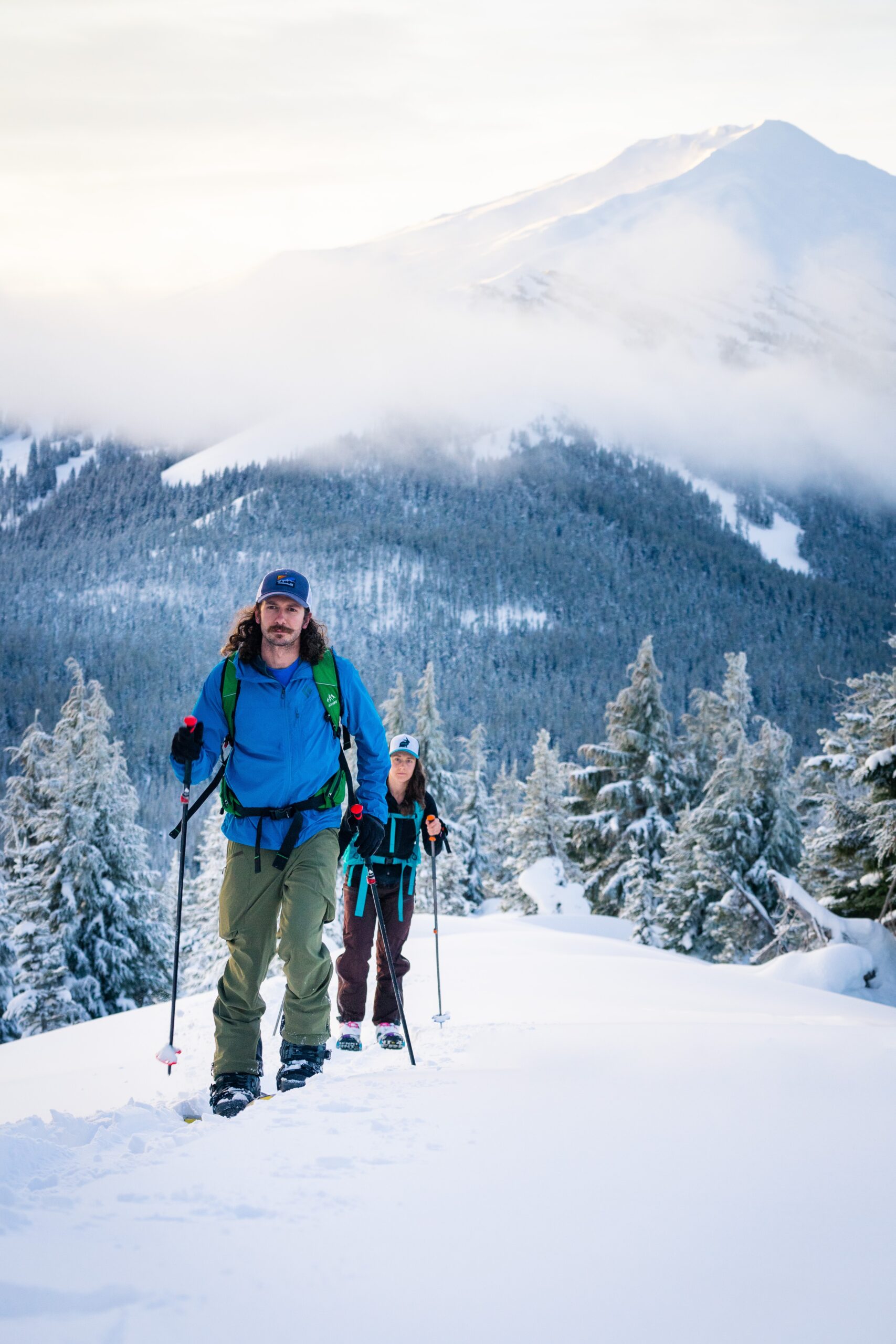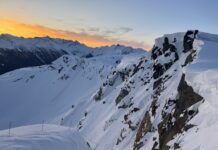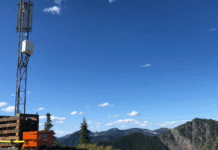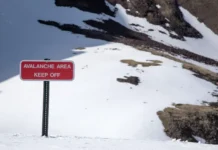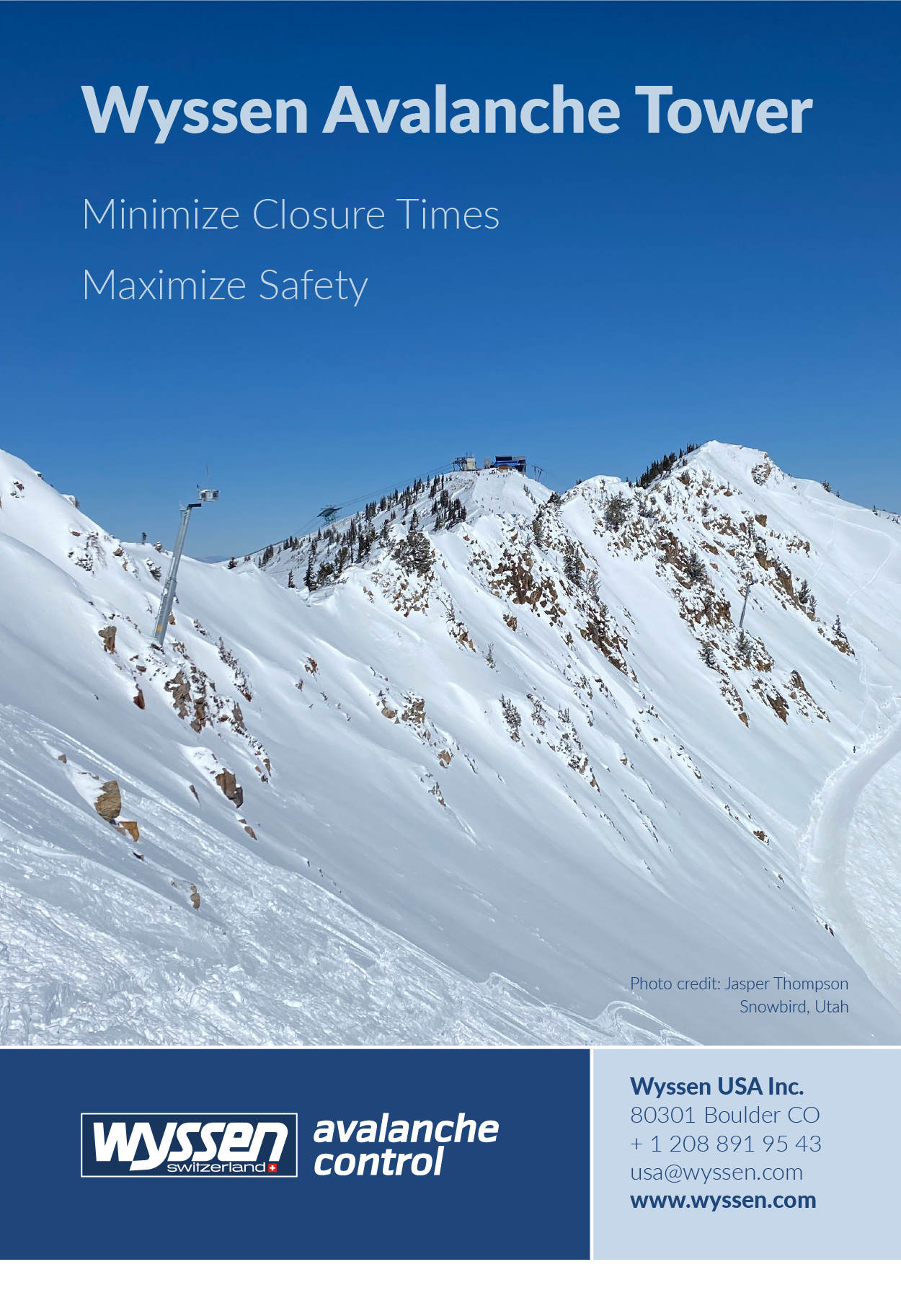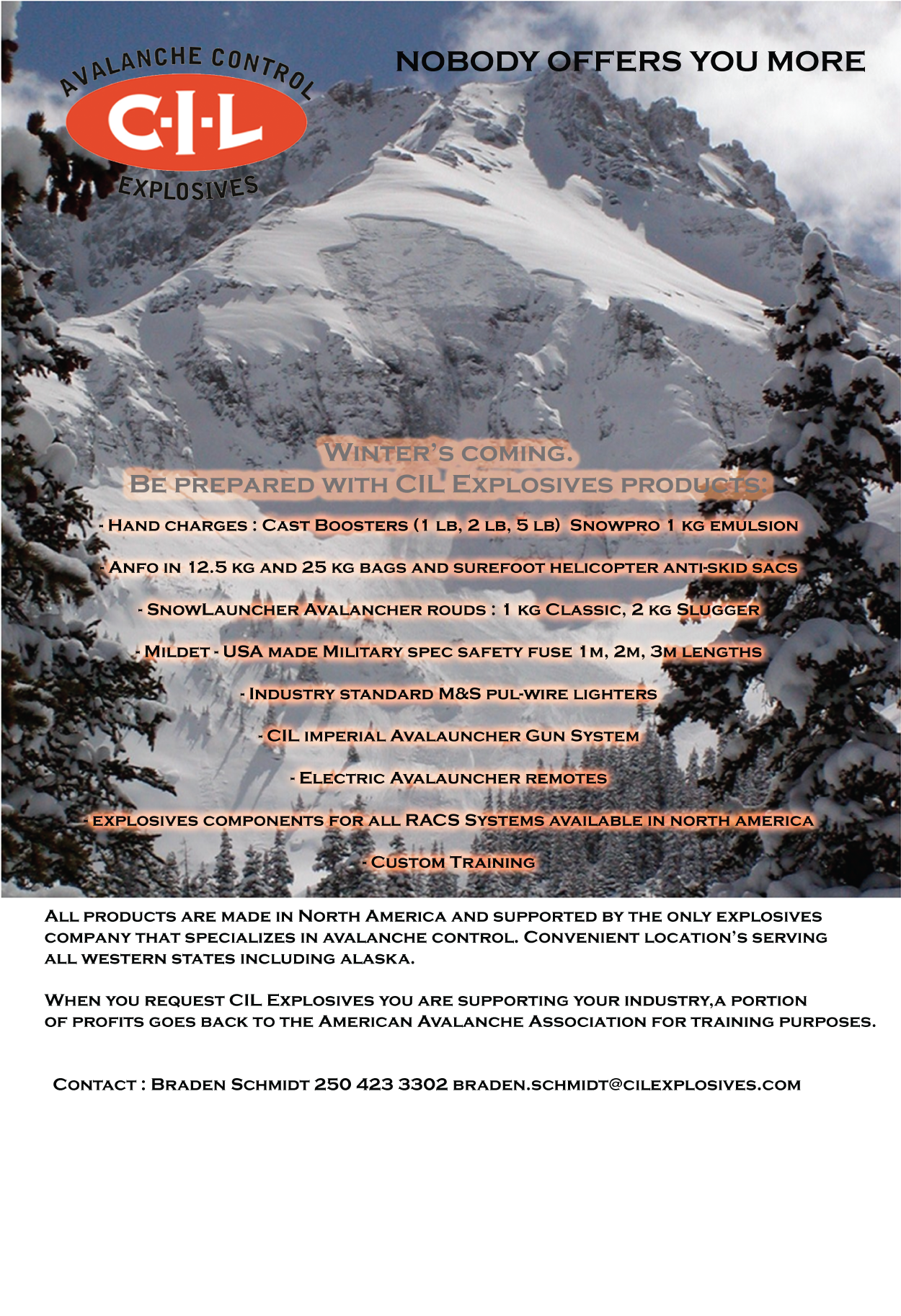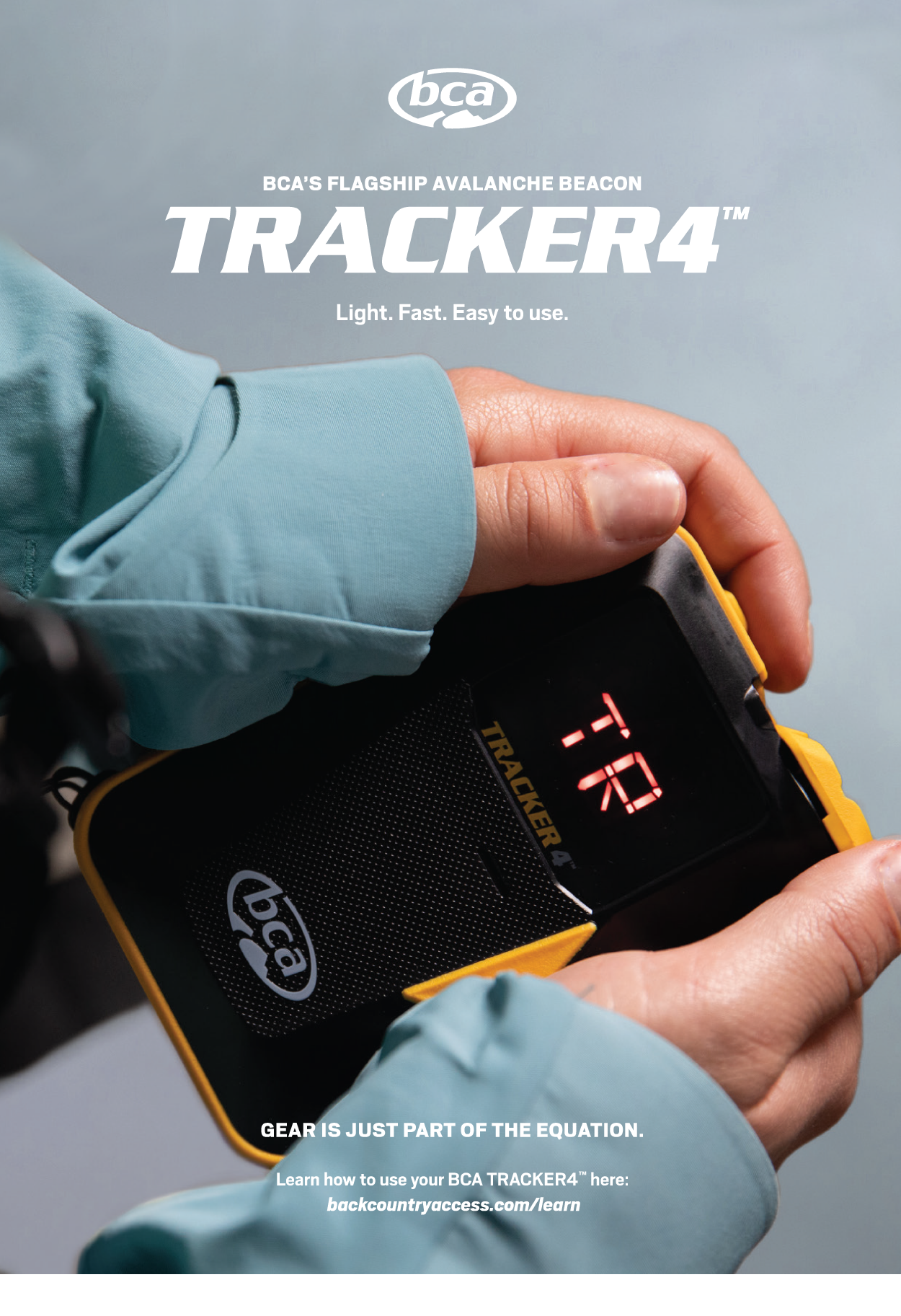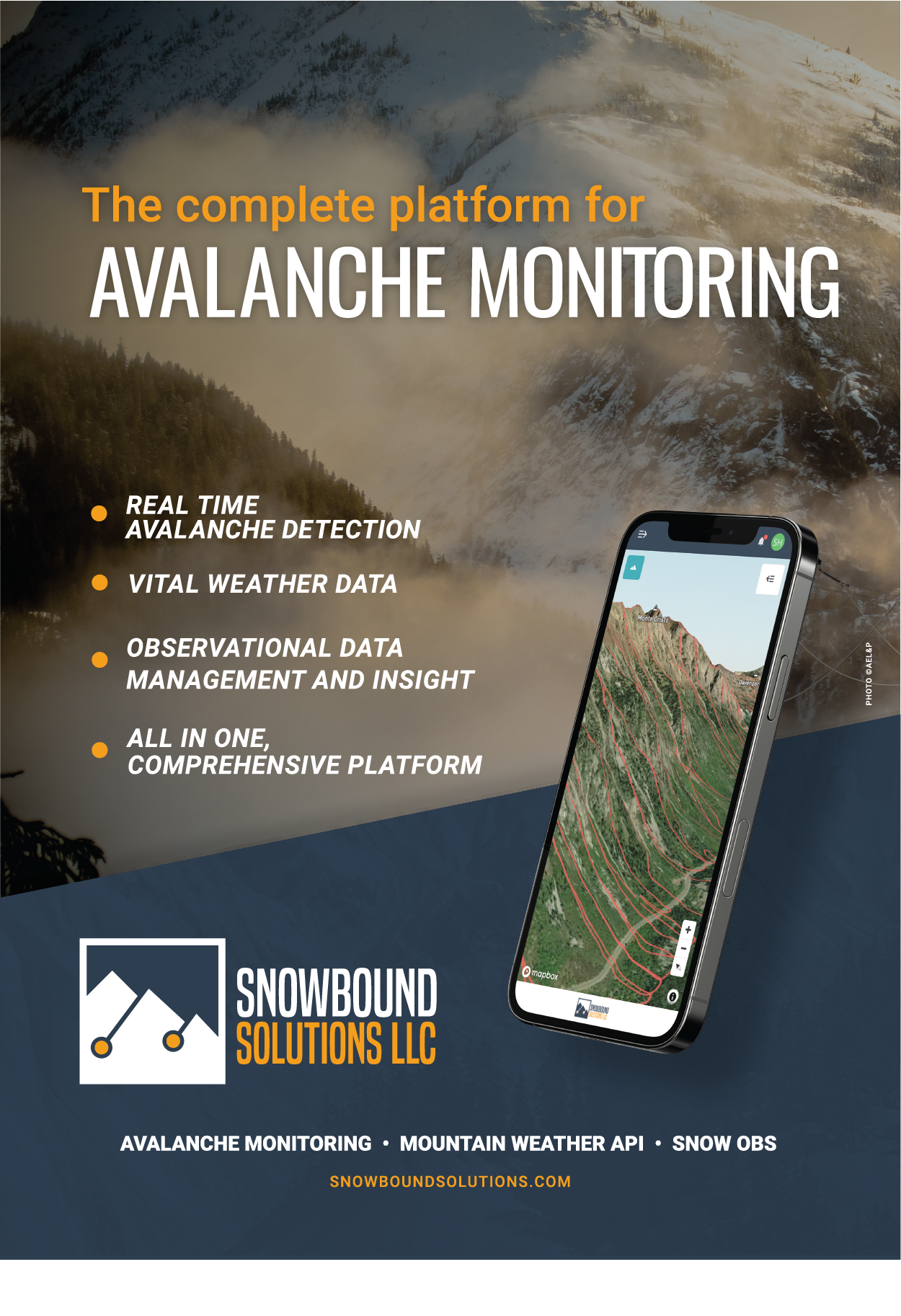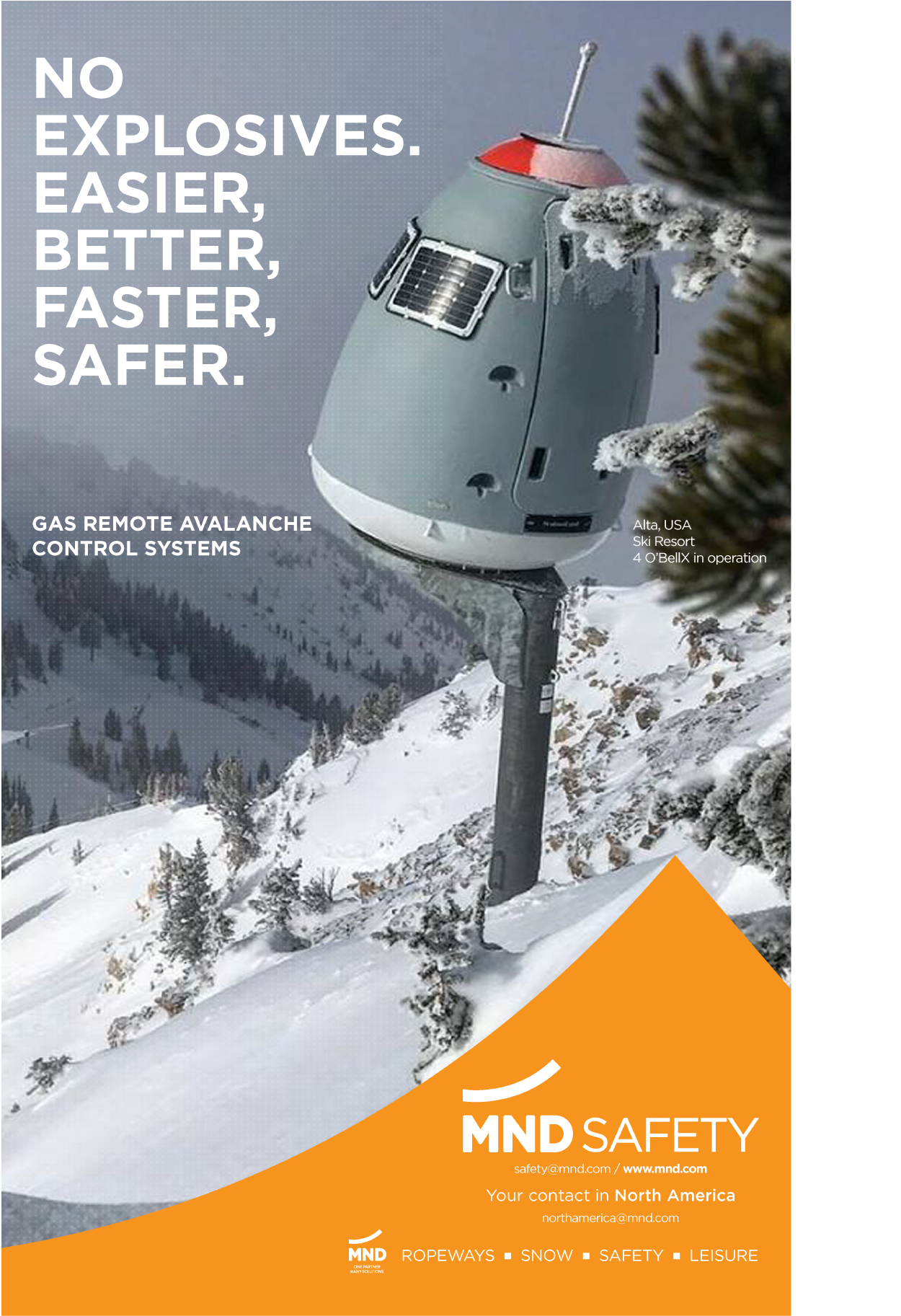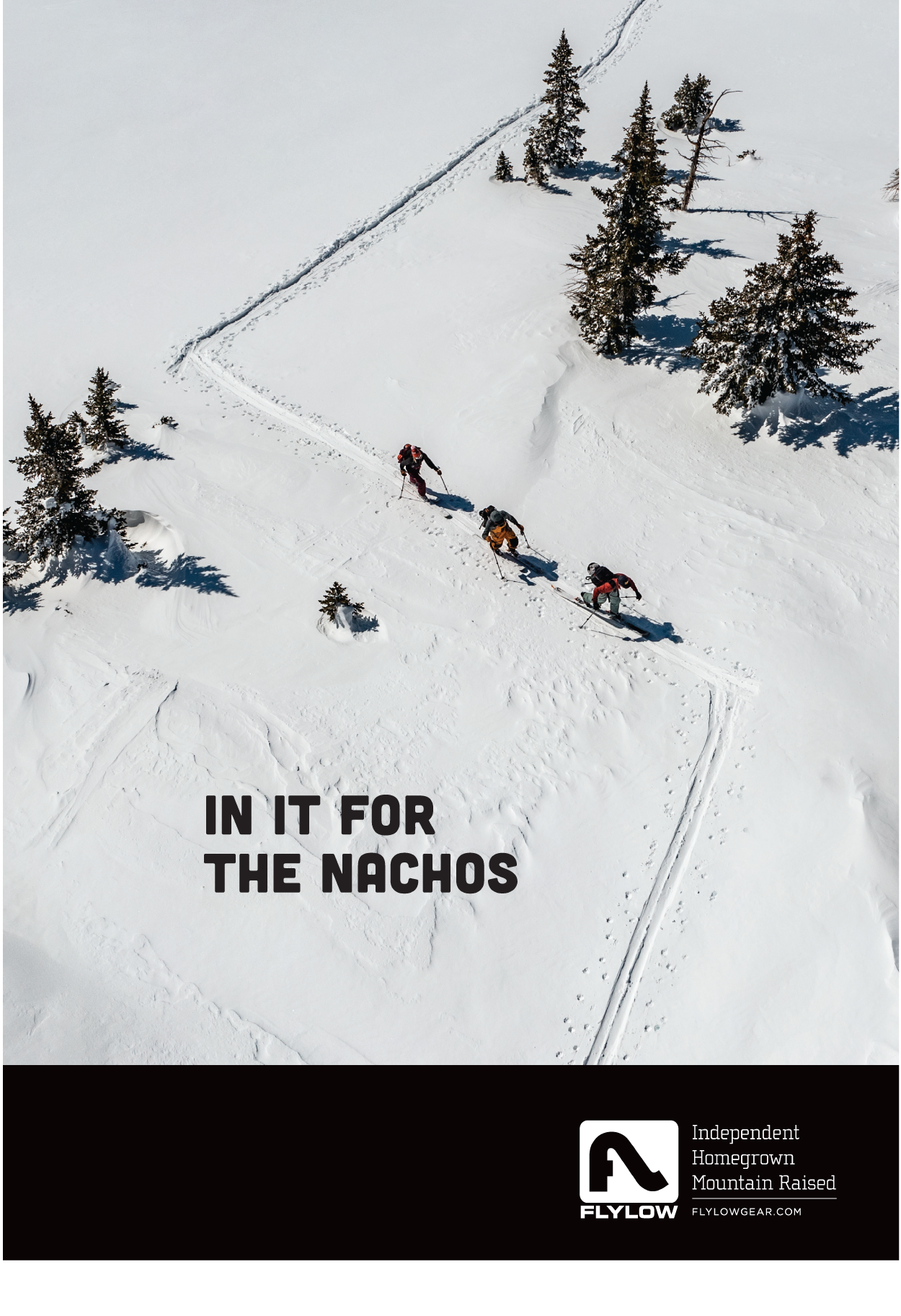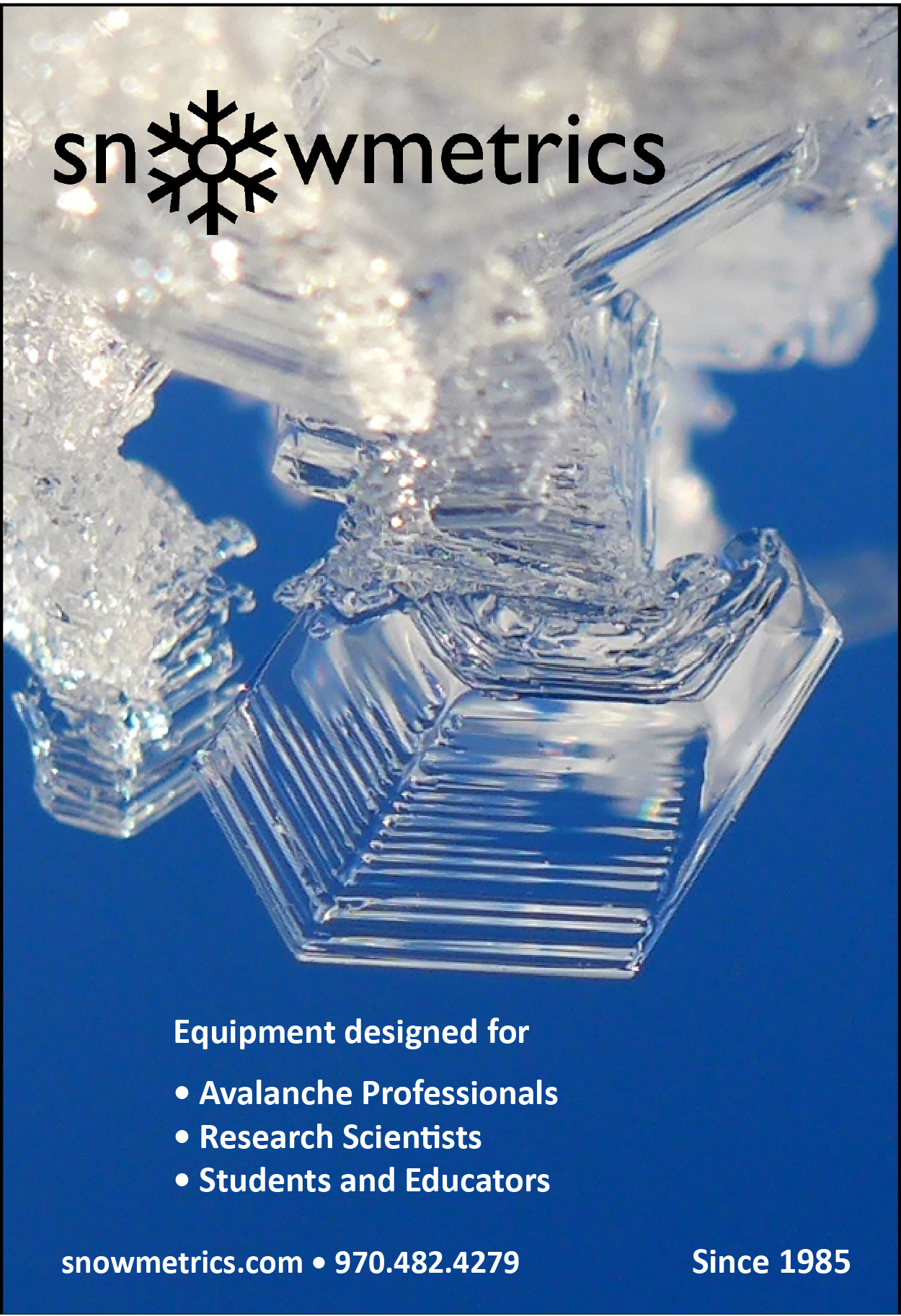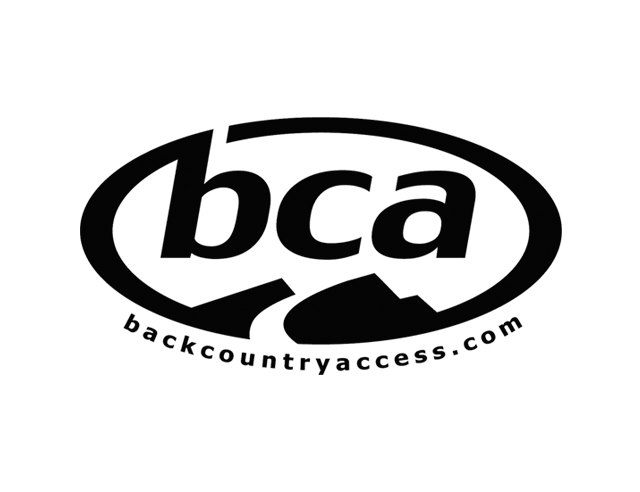
Backcountry Access hosts the blog series dubbed “Demystifying avalanche concepts: a boiled-down blog series on snow science research.”
In this ‘Demystifying Avalanche Concepts’ post, The Avalanche Review editor Lynne Wolfe shares her knowledge on whether experience or expertise will save a life when faced with an avalanche in the backcountry.
Head over to Demystifying Avalanche Concepts to read additional posts in this series.
Lynne Wolfe, editor of The Avalanche Review, 32-year mountain guide in the Tetons and avalanche educator, claims she has a dark view of things in the world of avalanche safety and education. Her reasoning behind this? People are still dying in avalanches, and they’re often seasoned skiers and riders. At the age of 60, Wolfe’s had more experience in the world of avalanche safety and research than many, so her view has a certain gravity to it. And yet she has a way of remaining cautiously optimistic about the future.
For Lynne, the battle toward better backcountry safety centers on mindset and the difference between experience and expertise. She believes we are going to have a reckoning with our assumed level of knowledge in avalanche terrain and that it’s up to backcountry riders to start doing the hard work of self-analysis and group debriefing to hopefully save lives. “It’s not the beginners, it’s not the advanced beginners. It’s not the intermediates who are going out there and making bad choices. We’re actually doing a good job with our avalanche education, doing a good job with our forecasts,” Wolfe notes.
She explains that this subject has been a hot-button issue recently. Many people are quick to blame forecasters when things go wrong. “In my April TAR (The Avalanche Review), Pete Earle, who’s an avalanche educator and patroller out of Salt Lake, wrote a plaintive piece on how the forecast just is not good enough. We’re not reaching our audience and people are dying.”
But Wolfe thinks the trend in avalanche deaths is deeper rooted and systemic than people simply misinterpreting a forecast. She notes, “People who are willing to use the systems that we’re teaching, they make appropriate choices, they choose terrain to match the conditions. But how do you reach a crusty old fart like me, you know, people who have been skiing in the backcountry for 35 years, people who don’t like the new young, strong folks coming into their secret spots? These ‘crusty old farts’ go a little farther, a little deeper to get away from the crowds. ‘Cause, that’s who got caught last year. You look at the statistics and that’s who died. And so how do we reach those people?”
The answer to this question may never be fully answered, but Wolfe believes that certain steps can be taken to hopefully change the course of these ominous statistical findings she points to.
One promising step potentially lies beyond the confines of snow studies. “I think that Annie Duke’s work ‘Thinking in Bets’ (published in 2018), is the next place for us to go to; to think about your decision-making as like playing poker,” Wolfe notes about psychological research conducted outside of the world of avalanche studies that could have an impact on how we manage risk in the backcountry. “[We ask ourselves], ‘What do I know?’ And then really trying to focus on not just on what we know, but also what do we not know and so how much am I willing to bet if there’s this large blank space in my knowledge. And if there is a large blank space, how can I fill in the blank space?”
As for specific steps, backcountry riders can take to start filling in details about the unknown aspects of the snowpack and forecast, Wolfe thinks that pre-trip planning and decision-making are critical.
“The more prep people do ahead of time, the better off they are. And so I think the more that we can bring professional-level systems into recreational skiing, the better off recreationists are going to be,” she explains. Other points of better avalanche safety performance? “Honest debriefs. What happened? What did it mean and how is that going to affect my decision-making? Somebody taught this to me years ago, to use the debrief process, “What happened? So what? And now what? What did it mean? How am I going to use this lesson on my next day out? Write things in your guide’s notebook, write things in your non-guide’s notebook, to be accountable and start turning experience into expertise.”
She also believes that we need to flip the script on interpreting forecasts so that they can be better applied to on-the-ground problems and challenges in the snowpack. “We started looking at conceptual models and one of the things that were in there initially was, ‘What’s our level of confidence in the forecast?’ So, rather than saying, “What’s our level of confidence? Now we’ve turned it around and we’re saying, ‘what’s our level of uncertainty?’ Let’s break it down and look more specifically at where were we the most exposed today? How did we manage that? That’s how you turn experience into expertise.”
Photo by Ben Kitching on Unsplash

